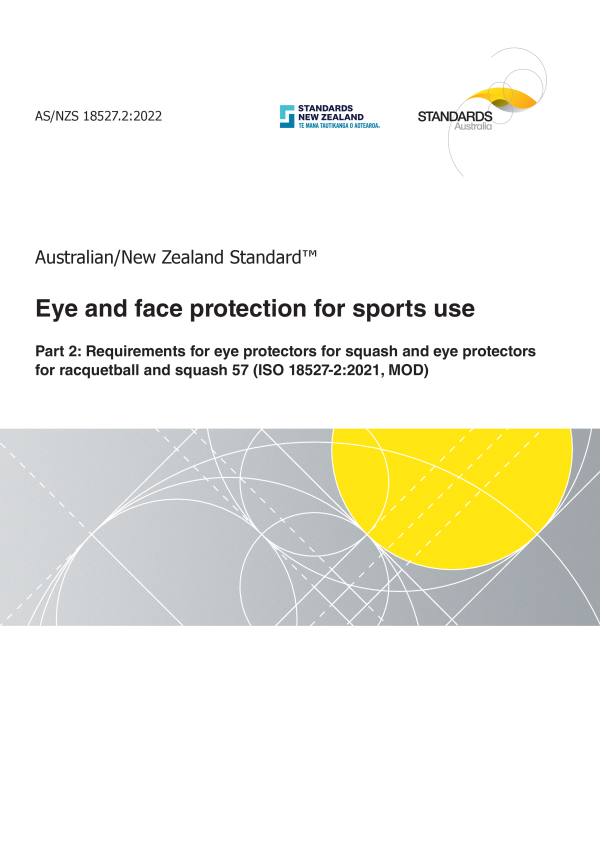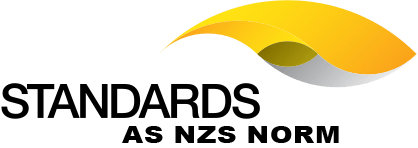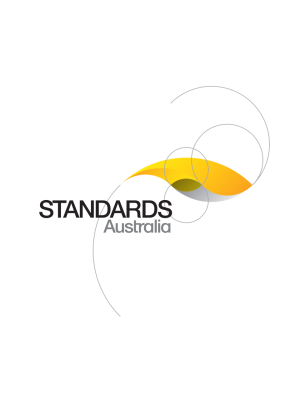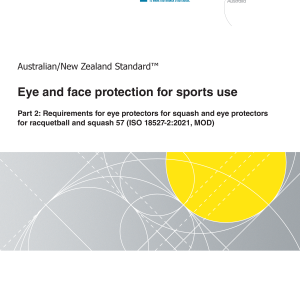Header
About this publication
Preface
Foreword
Introduction
1 Scope
2 Normative references
3 Terms and definitions
4 General requirements for eye protectors11 For the purposes of this document, “eye protector” is used to mean eye protectors for squash, racquetball and squash 57.
4.1 Physiological compatibility
4.2 Construction and adjustment
4.3 Cleaning and/or disinfection
4.4 Lens material and surface quality
4.5 Headform(s)
4.6 Retention by headband and harnesses (sit and fit)
4.7 Mandatory and optional requirements
5 Transmittance of the lenses
5.1 General
5.2 Transmittance categories
5.3 Solar ultraviolet transmittance
5.4 General transmittance requirements
5.4.1 Uniformity of luminous transmittance and transmittance matching
5.4.2 Variations due to thickness variations
5.5 Special transmittance requirements
5.5.1 Photochromic lenses
5.5.2 Polarizing lenses
5.5.2.1 Plane of transmission
5.5.2.2 Polarizing efficiency
5.5.3 Gradient-tinted lenses
5.6 Claimed transmittance and reflectance properties (optional requirements)
5.6.1 General
5.6.2 Solar blue-light absorption/transmittance
5.6.3 Solar UV absorption/transmittance
5.6.4 Anti-reflective coated lenses
5.6.5 Reduced reflection coated lenses
6 Scattered light
7 Refractive power
7.1 Non-prescription eye protectors
7.1.1 Spherical and cylindrical power
7.1.2 Spatial deviation
7.1.3 Prism imbalance
7.2 Prescription eye protectors
8 Mechanical strength
8.1 Mechanical strength of squash eye protectors
8.2 Mechanical strength of racquetball and squash 57 eye protectors
8.3 Failure criteria after impact
9 Resistance to solar ultraviolet radiation
10 Resistance to ignition
11 Field of view
12 Minimum area to be protected
12.1 Assessment of frontal protection
12.2 Assessment of lateral protection
13 Optional requirements
13.1 Resistance to fogging
13.2 Resistance to abrasion
14 Marking and information to be supplied by the manufacturer
14.1 Assessment
14.2 Mandatory markings on eye protectors
14.3 Information to be supplied with each eye protector by the manufacturer
14.4 Additional information to be available from the manufacturer
15 Selection of test samples
15.1 General
15.2 Preparation and conditioning of test samples
Annex A
A.1 Daytime
A.2 Photochromic lenses
A.3 Solar blue-light risk
A.4 UV risk
A.5 Fogging
A.6 Field of view
Annex B
B.1 General
B.2 Acceptable eye protection options for prescription lens wearers
B.2.1 Prescription eye protectors
B.2.2 Contact lenses and eye protectors
B.2.3 Visor-type eye protectors and spectacles
B.2.4 Eye protection options for prescription wearers that are not recommended
Bibliography
Appendix ZZ
ZZ.1 Scope
ZZ.2 Modifications



